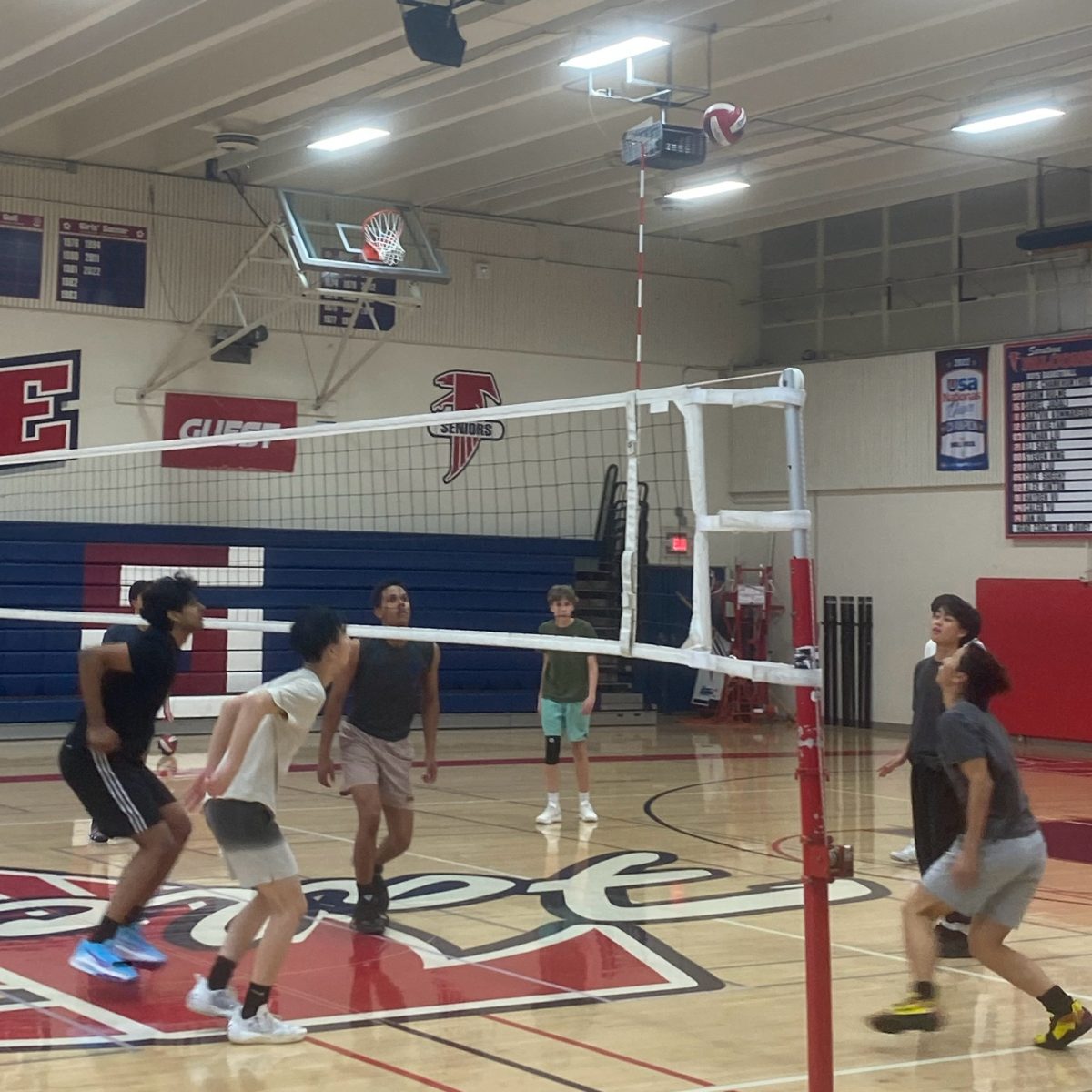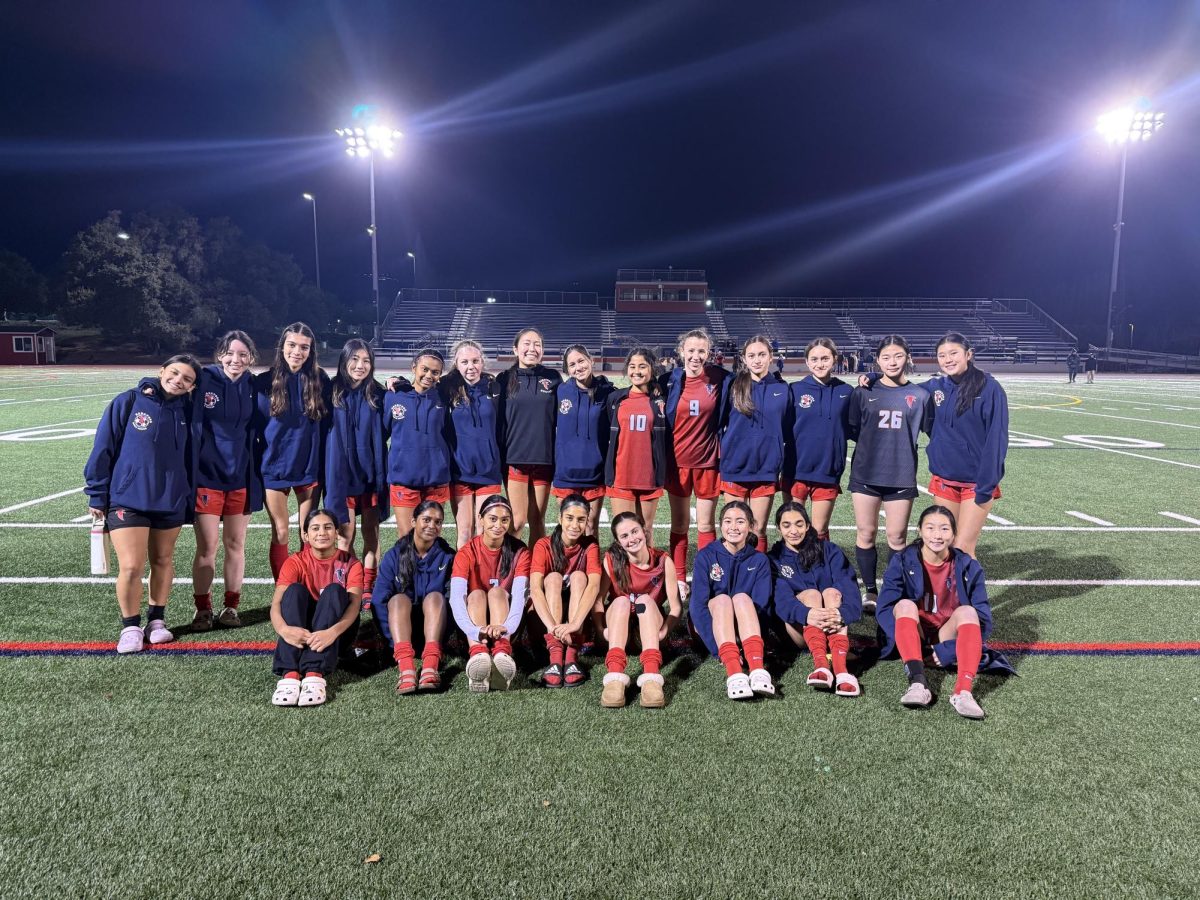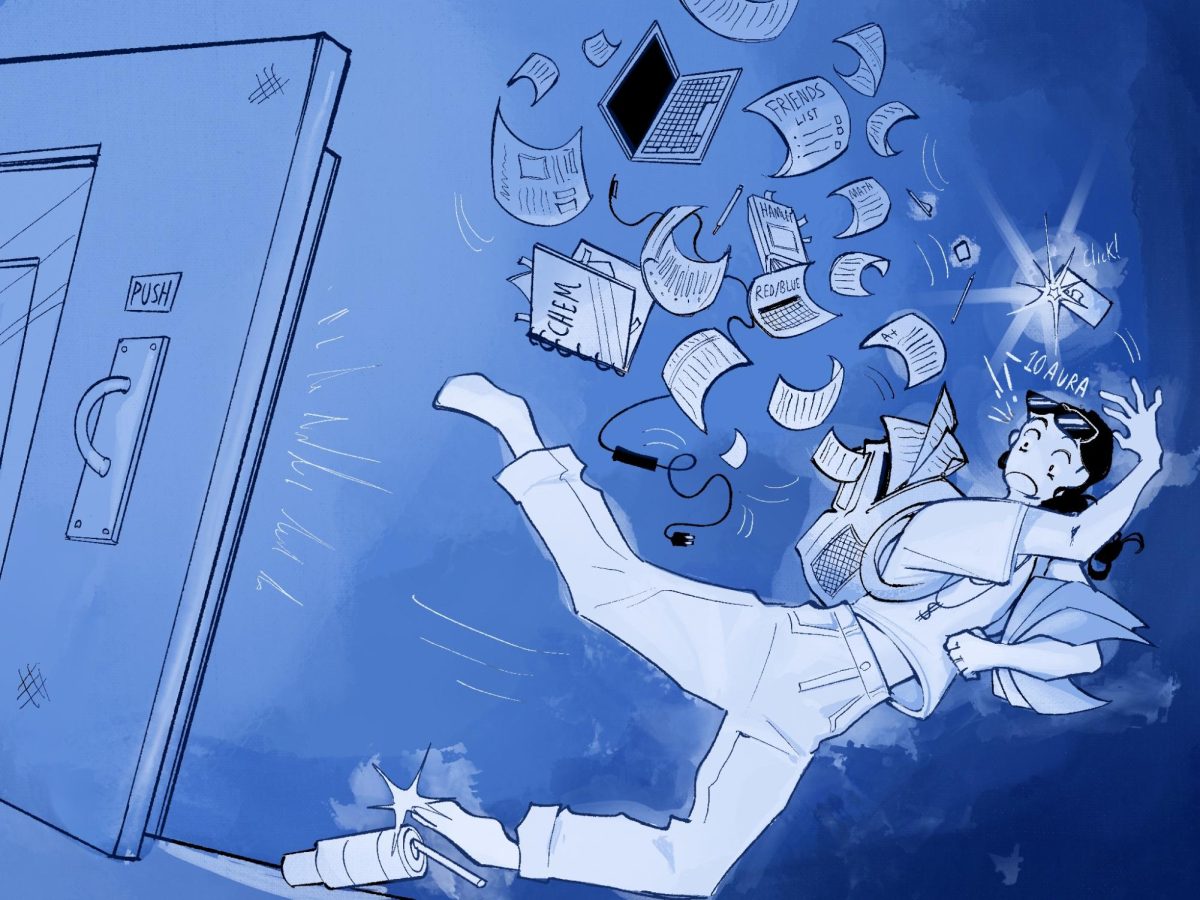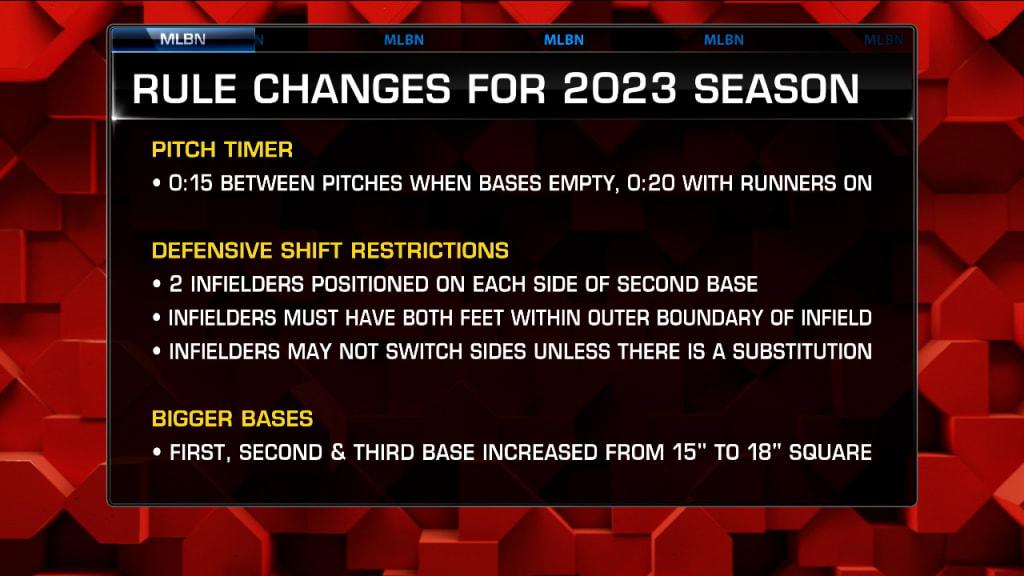Boring. Long. Never-ending. Slow. Uninteresting.
These have been common adjectives associated with Major League Baseball in recent years. Once heralded as America’s Pastime, baseball has become more and more irrelevant outside the base of hardcore fans. No longer garnering large audiences and commanding viewership the way it used to, the sport trails others such as basketball and football in America’s sports pecking order.
Since the rise of the National Basketball Association and National Football League, the relatively slow pace of baseball games has had difficulties attracting audiences. According to a 2020 study by Sports Business Journal, the average age of an MLB fan is 57, while the average age of an NBA fan is 42 and the average age of an NFL fan is 50. The study also found that the percentage of fans under the age of 18 was highest for the NBA, followed by the NFL and then MLB.
The age group associated with the highest proportion of “avid” MLB fans is 65+, in comparison to the 35-44 age group for NBA and NFL fans, according to Statista. Changes were implemented to rectify this lack of younger viewership and restore newer fans to a sport that has undergone a 50% decline in World Series viewership since 2016.
To increase the tempo of games in an attempt to regain the attention of younger viewers, the MLB has introduced some key stylistic switches — including the implementation of a pitch clock and an elimination of the shift — which were put in place to make games more entertaining, with more at-bats, hits and home runs.
Additionally, with more minor changes, such as the addition of bigger bases, and a limit to how many a times a pitcher can disengage with the mound he throws from over the course of an at-bat, there are key variations that make this season, which started March 30, deviate from previous ones.
Introducing the first-ever pitch clock
An absolutely game-changing rule in regards to speeding up matches and maintaining watchers’ interests is the implementation of a pitch clock.
According to MLB and Statcast, pitchers average at least 20 seconds per pitch with empty bases, and typical baseball games last 3 hours minimum, with the potential to go far longer should a game reach extra innings. Thus, games have tended to be drawn out affairs; the league is trying to reduce the times for both of these statistics.
Now, pitchers have a maximum of 15 seconds to throw a pitch with the bases empty, with an added 5 seconds if a runner is on base. Stalling at the mound has been a common pastime in baseball; with this rule, stalling is penalized, and games are sped up. There are now tangible consequences to violating these clocks: Rather than facilitating player tendencies to stall and underhandedly strategize, the league is trying to optimize time during and in between at-bats.
Over the opening week of the baseball season, game length has dropped by an average of 24 minutes, from around 3 hours to just over 2 hours and 40 minutes.
Eliminating the shift
The elimination of extreme shifts, in which fielders took positions on the field where batters are likely to hit, has led to stagnant offense in recent years..
The league-wide batting average was a historically low .243 last season — a low figure compared to the mean .250 batting average across the league’s history. When batters approach home plate only to frequently fail in reaching it, a viewer’s desire to watch the game dwindles — baseball becomes unwaveringly bland when there is no quality batting on display. Hits
To combat this, extreme infielder shifting has been banned. Fielders who play on the inside section of the field (the first through third basemen and the shortstop) are required to be on the infield dirt, with two on each side of second base. This rule removes the possibility of fielders modifying their positions to strategize for tendencies of particular batters — a tactic that significantly reduces the excitement for the game.
For example, in previous seasons, infielders would shift more than 15 feet each to their left to accommodate for many left handed batters traditionally pulling the ball, or landing a lot of their hits across their body. Banning the shift means batters have a higher chance of registering getting hits on balls that have traditionally been hits in the long history of the sport.
These significant rule switches aim to speed up games and make baseball an entertaining watch on par with end-to-end sports such as basketball and football. If these rule changes prove successful, the spirit toward a sport that had lost its reputation as America’s finest has a chance to be turned on its head — baseball can potentially restore itself as a sport that attracts the eyes of the nation, and halt its downfall trajectory toward insignificance.


























